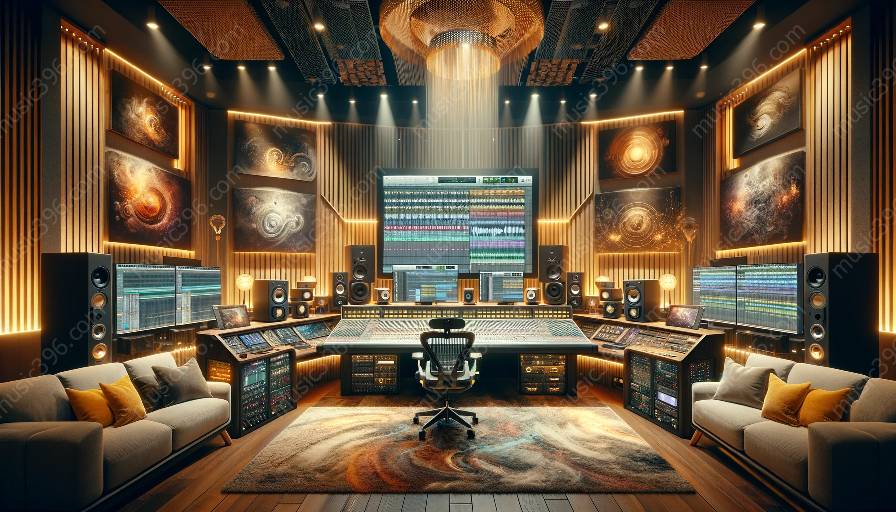In the world of studio production and sound engineering, the art of creating a pleasing listening experience is a complex and intricate process. One essential component that plays a crucial role in achieving this goal is psychoacoustics. Understanding the principles and applications of psychoacoustics can significantly enhance studio production techniques and contribute to the creation of high-quality music and sound.
Understanding Psychoacoustics
Psychoacoustics, a branch of psychology and acoustics, focuses on the study of how humans perceive and interpret sound. It delves into the psychological and physiological processes that influence our auditory perception, including factors such as frequency, amplitude, and spatial cues. By examining the relationship between physical sound properties and the human auditory system, psychoacoustics provides valuable insights into how people experience and respond to different sounds.
Application in Studio Production Techniques
Applying the principles of psychoacoustics in studio production involves leveraging our understanding of human auditory perception to create optimal listening experiences. This encompasses various aspects of production techniques, including:
- Frequency Response: Psychoacoustic principles guide the manipulation of frequency content to ensure that critical auditory information is accurately represented. By considering the sensitivity of human hearing to different frequencies, producers can shape the spectral balance of audio recordings to maximize their impact on listeners.
- Dynamic Range and Compression: Understanding how the human auditory system perceives differences in loudness allows producers to effectively manage the dynamic range of audio material. Compression techniques derived from psychoacoustic principles enable the control of loudness variations while preserving the perceived quality and naturalness of the sound.
- Spatial Audio and Localization: Psychoacoustics provides valuable insights into how humans localize sound sources and perceive spatial attributes within a listening environment. This knowledge is essential for creating immersive and realistic auditory experiences through techniques such as spatial audio processing and binaural recording.
- Pitch and Timbre Perception: Leveraging psychoacoustic principles, producers can manipulate pitch and timbre to evoke specific emotional responses and enhance the overall impression of the music or sound. By considering the intricacies of pitch perception and timbral qualities, they can craft compositions that resonate with listeners on a deeper level.
Enhancing the Listening Experience
By integrating psychoacoustic considerations into studio production techniques, the goal of creating a pleasing listening experience becomes achievable. The application of psychoacoustic principles not only improves the technical aspects of sound engineering but also contributes to the emotional and perceptual impact of the music or audio content. The result is a crafted sonic experience that resonates with the audience on multiple levels, transcending mere technical proficiency to evoke genuine emotional connection and engagement.
Impact on Sound Engineering
The integration of psychoacoustics in studio production techniques has a profound impact on the field of sound engineering. This holistic approach acknowledges the essential connection between technical proficiency and human perception, leading to the development of more expressive and compelling audio productions. Sound engineers who embrace psychoacoustic principles gain a deeper understanding of how their creative decisions influence the listener's experience, allowing them to refine their craft and elevate the quality of their work.
Conclusion
In essence, psychoacoustics serves as a cornerstone in the art of studio production and sound engineering, bridging the gap between technical expertise and human perception. By recognizing and leveraging the intricate relationship between sound and psychology, producers and sound engineers can unlock new possibilities for creating captivating and immersive auditory experiences that resonate with audiences on a profound level.


























